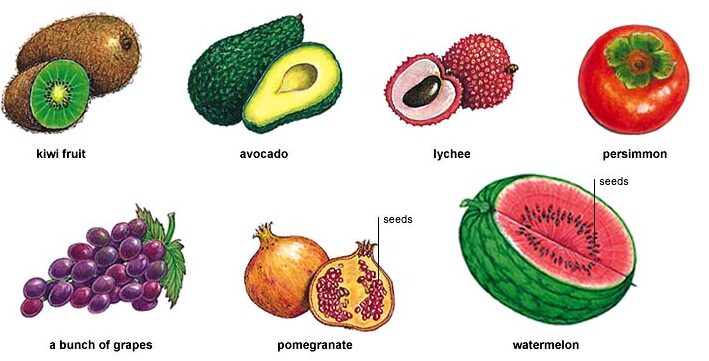CRI Report has released a report titled “Seed Treatment Market – Analysis of Market Size, Share & Trends for 2019 – 2020 and Forecasts to 2030” which is anticipated to reach USD 17.8 billion by 2030. According to a study by CRI Report, the market is anticipated to portray a CAGR of 9.87% between 2020 and 2030. According to the report, The main driving forces behind the growth of precise agriculture include increased agricultural mechanisms in developing countries, rising labor costs as a result of a lack of skilled labor, increased pressure for food supplies in the world as a result of increasing population, significant savings on smart farming techniques and government initiatives to adopt advanced agricultural technology. The increasing need for optimal crop production with scarce funds gives it tremendous popularity among farmers.
The market report on global Seed Treatment market includes in-depth insights as:
- The estimated value of the market was USD 5.3 billion in the year 2020.
- Region-wise, the market in North America, which held the largest market share of XX% in the year 2019, emerged as a key market for Seed Treatment Market.
- Based on application time, pre-treated emerged as a key segment in the global Seed Treatment Market.
- Based on type, Chemical seed treatment emerged as a key segment in the global Seed Treatment Market
- Key players are likely to focus on product innovations and expansion through mergers to retain their positions in developed markets.
“In terms of product growth in seed coating, the seed treatment market has been significantly successful and the early planting process has achieved productivity. Nowadays, these seed treatment products not only aim to safeguard the crops but also to increase crop yields in turn. Initial seed treatment had mainly a basic role in controlling certain soil pathogens that affect seed production. Moreover, advances in the treatment of seeds which have a large range of insect, disease, and nematodes, with a combination of insecticides, fungicide, have contributed with different formulation and active ingredients..”, said a lead analyst at CRI Report.
The use of biological, physical, and chemical agents to enhance crop health during planting includes seed treatment. It helps manage pathogens and diseases transmitted by soil and crop. Furthermore, it increases crop production, decreases germination time, and improves efficiency overall. The most famous seed treatment insecticides on the market today are neonicotinoids. The most popular neonicotinoid used to fight aphids is imidacloprid, as aphids are a carrier of viral conditions. It also works against mosquitoes, flea-beetle, Hessian fly, leaf-hopper, and more. As compared with traditional spraying, seed treatment has been shown to be a cost-effective and labor-intensive cultivation safety solution.
Global Seed Treatment market is segmented by type into chemical seed treatment, Seed Protection, and Seed Enhancement. Due to their efficacy, availability, and easier techniques of application, chemical seed treatment has increased farmers’ choice. Research demonstrates that the most economical way of protecting seeds against pests and improving seed quality is to treat one or more pesticides. In the formulation of chemical combinations for seed processing companies, pesticide manufacturers helped. In North America this rapid increase is due to public subsidies, raising the need to boost and preserve food production and growing awareness about seed care.
Key Players in the Market
- Some of the key players operating in the global Seed Treatment market are BASF SE (Germany), Bayer AG (Germany), Novozymes A/S (Denmark), Syngenta AG (Switzerland), Corteva Agriscience (US), FMC Corporation (US), Adama Ltd (Israel), Croda International (UK), UPL Ltd (India) and Nufarm (Australia), Eastman Chemicals (US), Germains Seed Technology (UK), Precision Laboratories, LLC (US), Globachem (Belgium), Other Prominent Players
Get Valuable Insights into Global Seed Treatment Market
In the new report, CRI Report thrives to present an unbiased analysis of the global Seed Treatment market that covers the historical demand data as well as the forecast figures for the period, i.e., 2021-2030. The study includes compelling insights into growth that is witnessed in the market. The market is segmented by type into chemical seed treatment, Seed Protection, and Seed Enhancement, by application time into Pre-treated, Farm-treated. Geographically, the market is segmented into North America, Latin America, Europe, Asia Pacific, and Middle East, and Africa.

